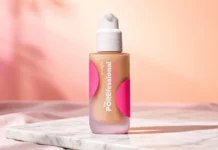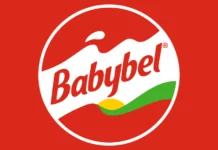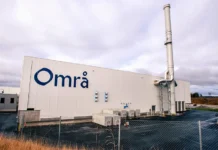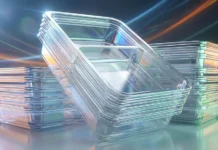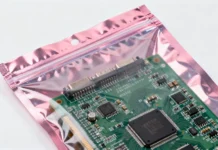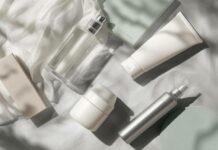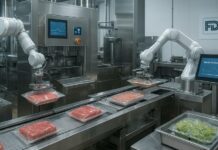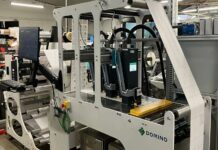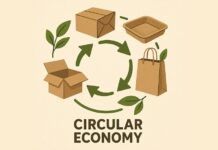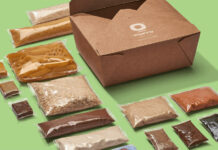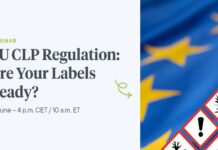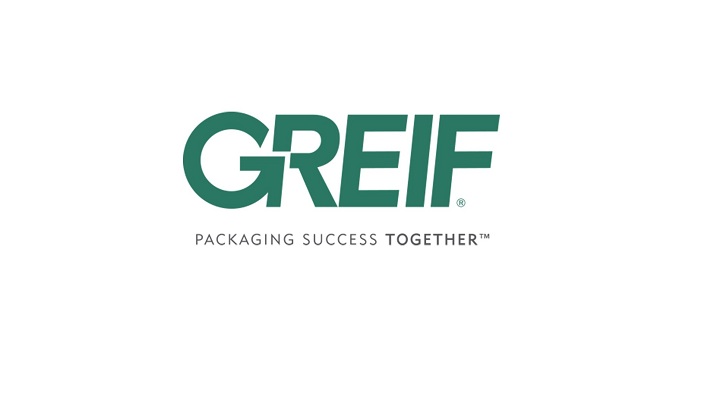Greif, a global leader in industrial packaging products and services, will be showcasing several innovative and sustainable packaging solutions for hazardous
goods at this year’s interpack in Hall 10, B07.B17
Visitors will be able to learn more about Greif’s GCUBE IBC portfolio. IBCs are used to safely transport a variety of liquid products including hazardous goods.
Among the solutions being featured is Greif’s GCUBE IBC container made from post-consumer resin (PCR) which offers hazardous material fillers a sustainable
solution in which each component is made of at least 30 percent or more recycled plastic.
Greif’s GCUBE IBC with PCR affords users an ideal way to reduce plastic consumption, reduce CO2 emission and create a virtuous circle with their IBCs. Greif
generates its own PCR through Life Cycle Services by Greif, its newly rebranded reconditioning program. Non-washable IBC bottles are shredded, cleaned, extruded and granulated to form PCR, diverting plastics from landfills and offering alternative usages.
“Much of our innovation and investment strategy is driven by the need to develop more sustainable solutions for our customers whilst at the same time ensuring product integrity and safety. And with new and planned recycled content regulations for plastic packaging, we expect demand for PCR and PIR to grow, ” explains Robert Stabrey, Global Product Manager IBC at Greif. “The key to increasing the manufacturing of PCR and PIR products is greater investment and better education around collection and recycling technologies. Better packaging logistics and smart packaging solutions, such as track and trace play an important role. Visitors to the show will be able to learn more about our developments in this area including GCUBE Connect – an IBC that gives customers real time tracking information about its IBCs and can assist in providing coordinates for end of use collection.”
Also on display is the GCUBE Shield technology for IBCs which combines the advantages of a relatively low carbon footprint with very good permeation barrier
properties and other fill good demands. The high diffusion density of the three-layerinner container allows the transportation of contents that are too permeable for normal two-layer extruded high density polyethylene (HDPE) IBCs. Also, solvents with flash points below 61°C and light sensitive fill goods can be transported. Moreover, the inner receptacle can be recycled at the end of its life cycle.
To find out more about these and other solutions such as GCUBE Flex for the safe transport of sensitive beverage concentrates and industrial packaging with closed transfer systems go to www.greif.com or visit Greif at interpack, Hall 10, B07.B17.




